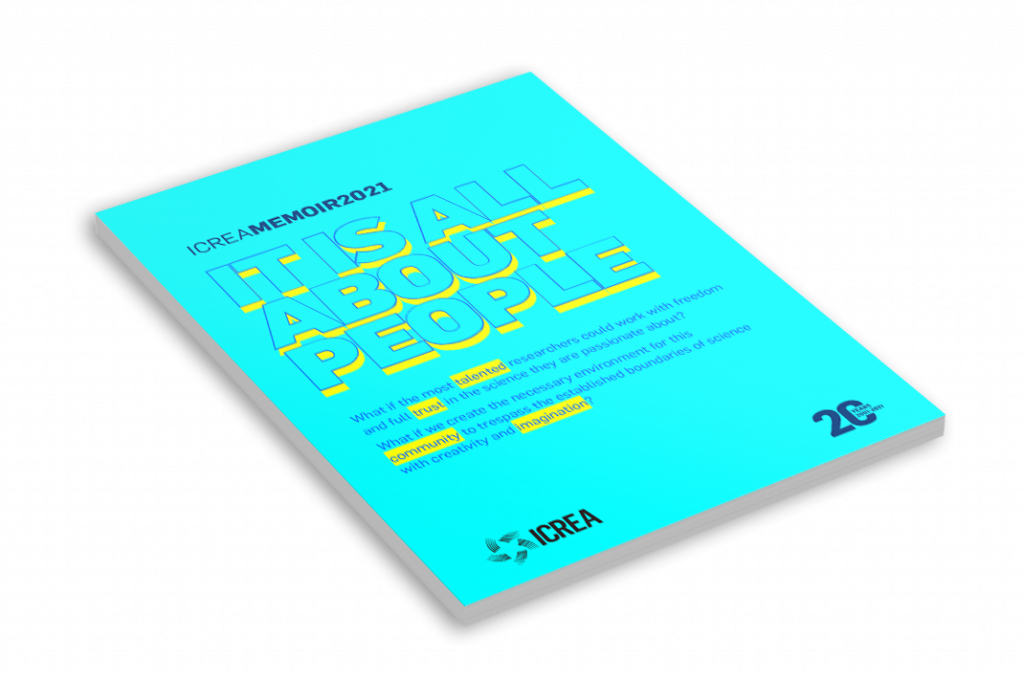The capacity for language sets humans apart from all other animals. As long as scholars have been thinking about language there has been a debate as to why it evolved: is its core function to configure human-specific thought or is it rather mainly a tool for communication? The debates surrounding this question typically evolve around aspects of language that are used to express thoughts like “The dog is sleeping in my bed.” However, there are other aspects of language which are dedicated to regulate communication and the expression of thought in conversational interaction is typically enriched in this way. Interactional aspects of language are used to regulate the construction of common ground as well as the interaction itself (e.g., turn-taking). Without interactional language (eh, yeah, right) the below conversation would sound curt, wheras its addition adds an interactive component that conveys that the speakers care about understanding each other.
I: Gal Gadot was amazing as Wonderwoman, eh? R: Yeah, I know, right?
The fact that the language dedicated to interaction is as much part of language as the language dedicated for the expression of thought suggests that the function of language cannot be reduced to one or the other. And in fact, the same logic that configures the language of thought also configures the language of interaction. This logic, which we may refer to as a grammar of sorts, is arguably part of our genetic endowment, as evidenced by the fact that it is human-specific (animals communicate but they have no means to regulate their communication) and its acquisition is automatic (children automatically aquire interactional language just as they do the language they need to express the thoughts they want to communicate).

